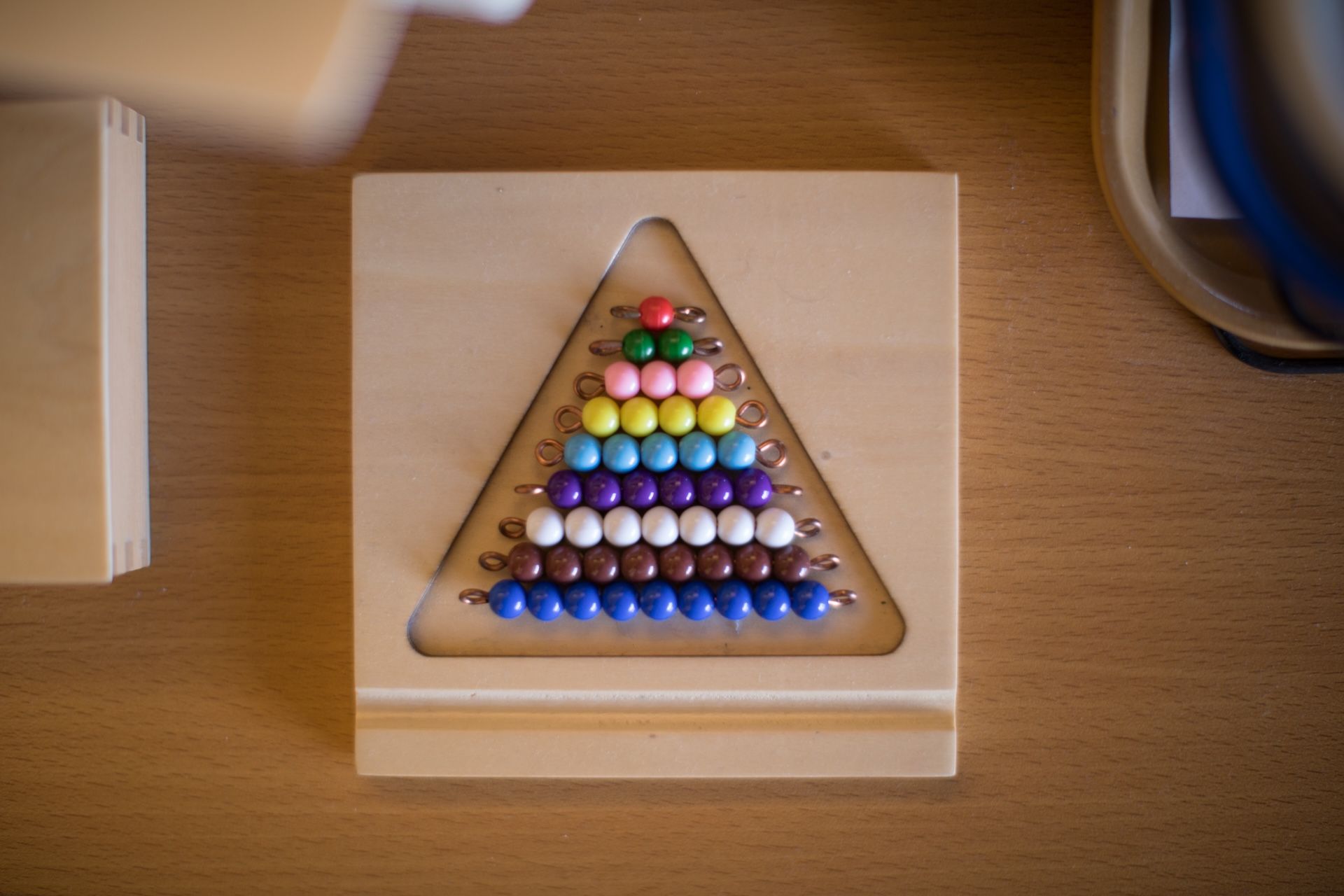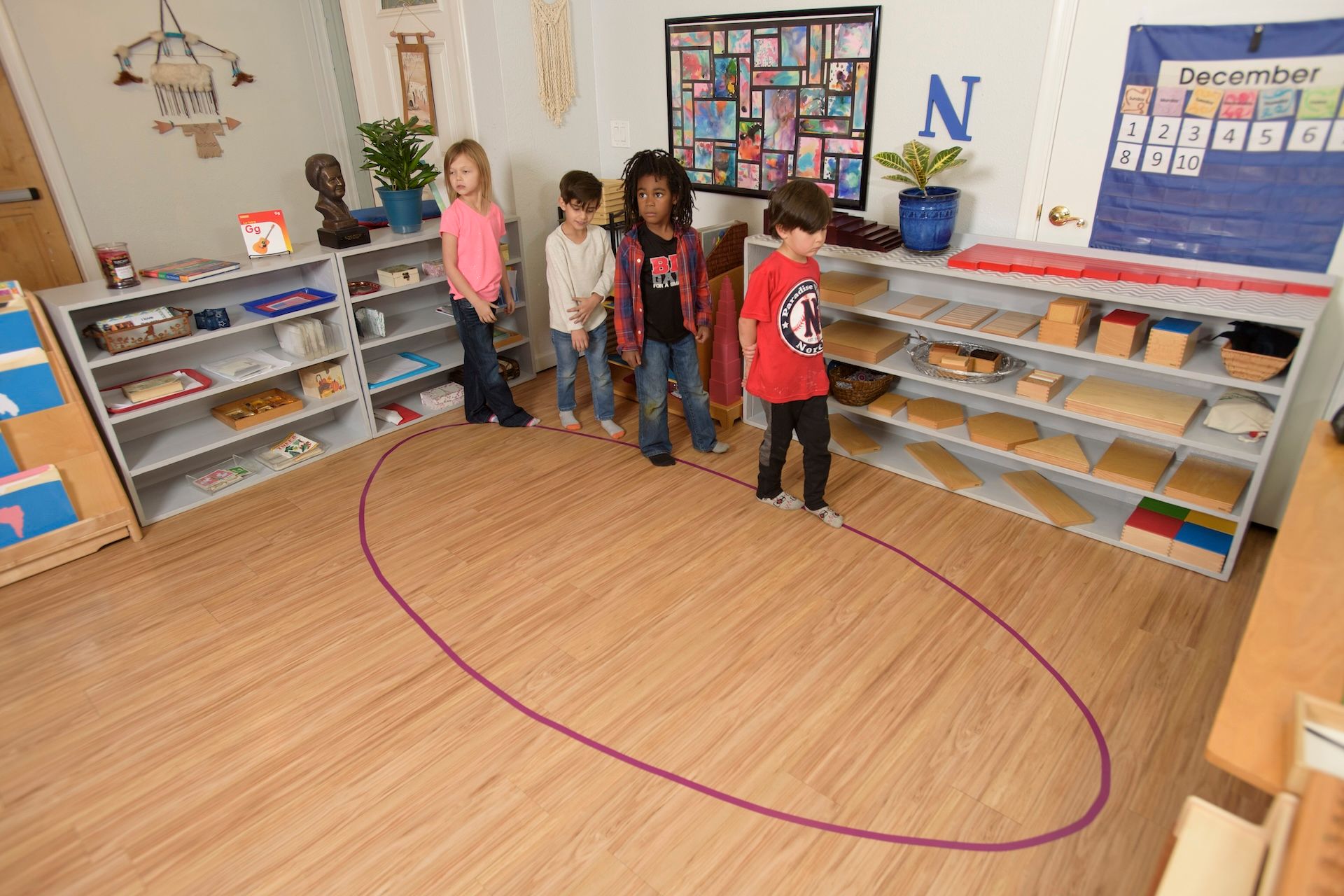All across the country, children struggle with math. Students seem to struggle with this subject much more than others. Difficulties understanding math early can be hard to make up for later in life. America, in particular, is having difficulty keeping college students enrolled in science, technology, engineering and mathematics (STEM) programs—the majors likely to be the most lucrative and highly valued in an increasingly modernized society. Building early connections is an important part of fluency in numbers and mathematics. Although there are those who assume the Montessori curriculum is preparatory at best, the reality is that the curriculum is tailored to help children understand difficult ideas and to create a solid foundation they can build their skills on. 
Montessori math instruction mirrors the curriculum in its use of concrete representations. Children have a natural intuition for differences in quantities and shape. In the earliest phases, children are introduced to whole numbers and units as solid objects, not symbols on paper. They stress proportions of things and attempt to develop relationships between related concepts. The “Golden Bead” is an essential piece of the learning process and an excellent example of math instruction in general. Beads are arranged in different configurations to demonstrate the decimal system. Each bead is a “unit”, or a one thousandth. By seeing each of these as separate pieces and connecting them to a whole structure, students absorb “parts” of a number. This imagery is valuable when presented with fractions and decimal related math problems.
Instructors also integrate mathematics with other activities to give them real world significance. The way we use math as adults isn’t usually specific to terms and equations so it seems a little silly to expect kids to understand it this way. Instead, Montessori education makes math problems relevant to what can be seen. Attempting to calculate the amount of dirt needed to fill in space or figuring out the size of a room unites different concepts in math in practical ways. The idea is to slowly build up different concepts as thoroughly as possible and to take advantage of children’s natural tendency to absorb and observe. More importantly, the Montessori system builds a guided path to success that places most of the initiative in the hands of the child. When kids have a chance to explore different concepts in math that interest them most, they start to get really excited about things that we always think of as boring. Montessori doesn’t just help kids understand math better—it teaches them how to love math in a way that other programs simply don’t.
All of these different techniques add up to a great grasp of mathematical concepts. Continuing Montessori education after the early years only compounds the positive impact. Educators are increasingly attributing failures at higher grade levels to problems with the foundation of mathematics education. Montessori mathematics encourage an independent study and pursuit of this important field. The time and dedication that makes Montessori education unique are doubly valuable in teaching math and promoting success in kids of all ages.are
The post Elementary Exposure: Advantages of Montessori Math appeared first on Pebblecreek Montessori.
Hours
MONDAY - FRIDAY
HALF DAY: 8:30a – 12 noon
ACADEMIC DAY: 8:30a – 3:30p
EARLY CARE: 7:00a – 8:30a
AFTER CARE: 3:30p – 6:00p
OFFICE: 8:00a - 4:00p
Programs
Connect
Pebblecreek Montessori




